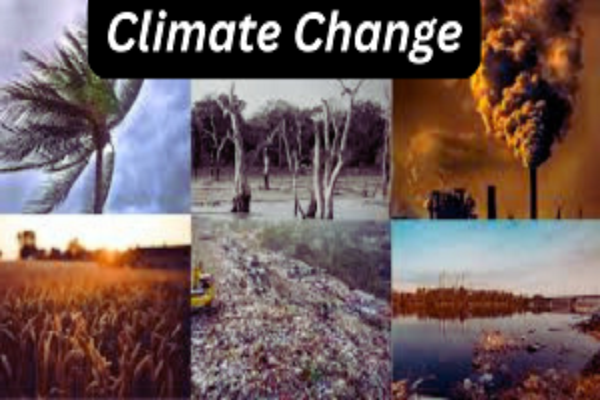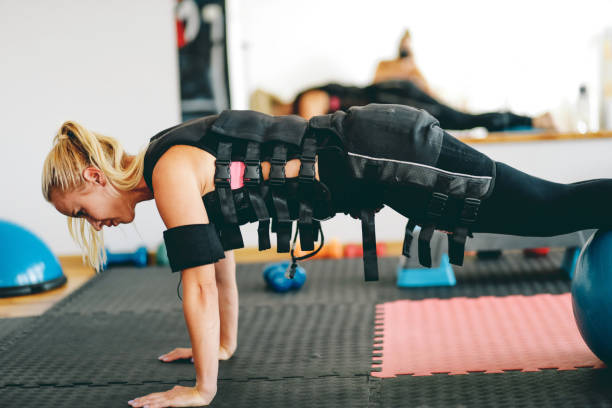Outline of the Article
Climate Change, Natural Disasters, and Their Unequal Impacts
Introduction to Climate Change
- What is Climate Change?
- The Science Behind Global Warming
- Human Activities Driving Climate Change
Global Effects of Climate Change
- Rising Temperatures
- Melting Ice and Rising Sea Levels
- Changes in Rainfall Patterns
Regional Impacts of Climate Change
- Climate Change in Asia
- Climate Change in Africa
- Climate Change in Europe
- Climate Change in the Americas
- Climate Change in Polar Regions
Natural Disasters Linked to Climate Change
- Earthquakes – Are They Related?
- Floods and Torrential Rains
- Storms and Hurricanes
- Droughts and Desertification
Why Poor Countries Suffer More
- Weak Infrastructure
- Limited Resources for Recovery
- Dependence on Agriculture
- Lack of Preparedness and Early Warning Systems
- Case Studies: Haiti, Pakistan, and Sub-Saharan Africa
Social and Economic Consequences
- Food Insecurity
- Migration and Displacement
- Health Challenges
- Economic Slowdown
Global Solutions and Adaptation
- Renewable Energy Transition
- Strengthening Infrastructure
- International Cooperation
- Education and Awareness
Conclusion
FAQs
- What is the biggest cause of climate change?
- Why are floods becoming more frequent?
- Can climate change trigger earthquakes?
- How do droughts impact poor countries the most?
- What can individuals do to fight climate change?
Climate Change, Natural Disasters, and Their Unequal Impacts
Introduction to Climate Change
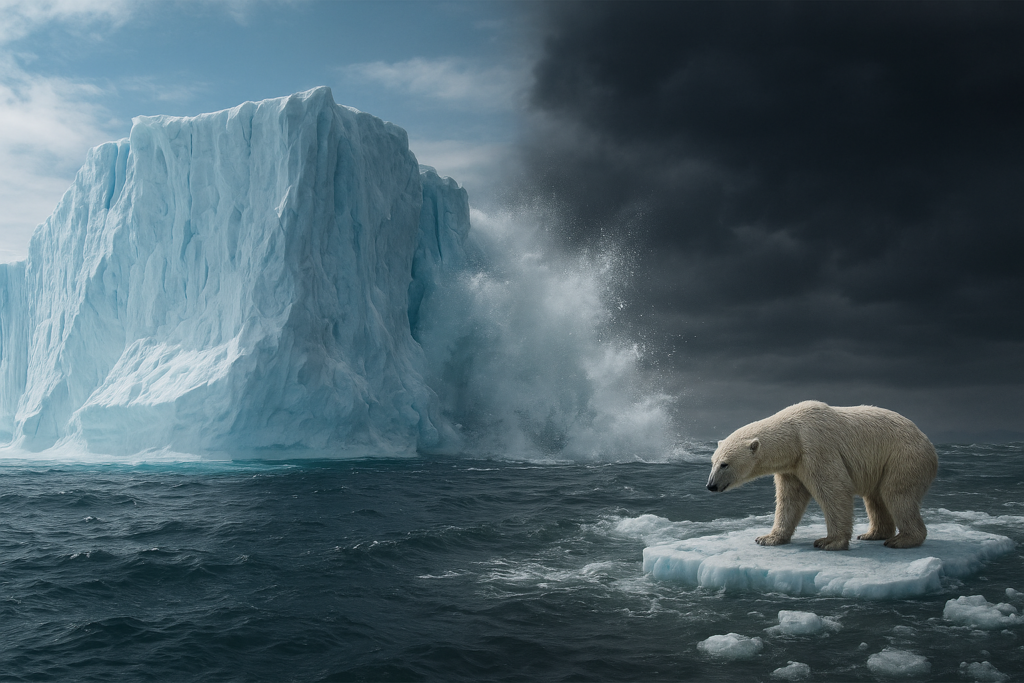
What is Climate Change?
Climate change refers to the long-term shift in global or regional climate patterns. While Earth’s climate has always changed, the current shift is happening faster than ever—mainly due to human activity.
The Science Behind Global Warming
When greenhouse gases, such as carbon dioxide and methane, accumulate in the atmosphere, they trap heat. This process, known as the greenhouse effect, causes temperatures to rise and alters natural systems.
Human Activities Driving Climate Change
Burning fossil fuels, deforestation, industrialization, and unsustainable farming practices all add more greenhouse gases into the air. The result? A climate system that’s spiraling out of balance.
Global Effects of Climate Change

Rising Temperatures
From scorching summers to record-breaking heatwaves, temperatures are climbing globally. This impacts agriculture, human health, and ecosystems.
Melting Ice and Rising Sea Levels
Glaciers and polar ice caps are shrinking at alarming rates. Rising sea levels threaten coastal cities like Karachi, Miami, and Dhaka, putting millions at risk.
Changes in Rainfall Patterns
Some areas are experiencing extreme rainfall, while others face prolonged droughts. The imbalance creates devastating floods in one region and crop failures in another.
Regional Impacts of Climate Change
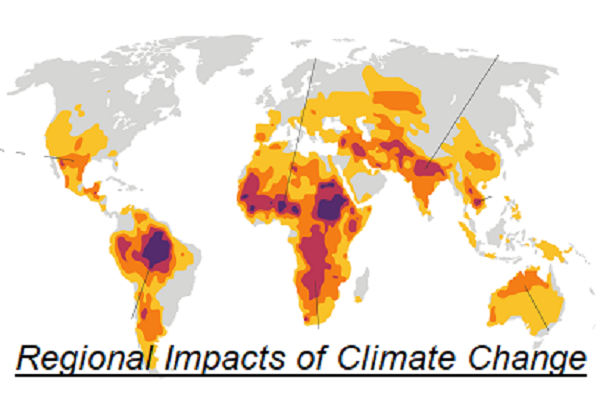
Climate Change in Asia
Asia faces melting Himalayan glaciers, rising seas, and intensified monsoons. South Asia, in particular, battles deadly floods and heatwaves.
Climate Change in Africa
Africa is warming faster than the global average. Droughts in the Horn of Africa and flooding in West Africa push millions into food insecurity.
Climate Change in Europe
Europe struggles with extreme heatwaves, forest fires, and flooding. Countries like Germany and Greece have already witnessed deadly climate-driven disasters.
Climate Change in the Americas
North America faces hurricanes and wildfires, while Latin America battles Amazon deforestation and unpredictable rainfall.
Climate Change in Polar Regions
The Arctic is warming nearly four times faster than the rest of the world, threatening ecosystems and indigenous communities.
Natural Disasters Linked to Climate Change
Earthquakes – Are They Related?
Unlike floods and storms, earthquakes aren’t directly caused by climate change. They are geological, not atmospheric. However, secondary effects—like melting glaciers—can destabilize tectonic plates.
Floods and Torrential Rains
Warmer air holds more moisture, leading to heavier downpours. Countries like Pakistan and Bangladesh suffer catastrophic floods due to fragile drainage systems and monsoon intensification.
Storms and Hurricanes
Climate change fuels stronger and more frequent storms. Warmer ocean waters provide extra energy, turning normal storms into life-threatening hurricanes.
Droughts and Desertification
Extended heatwaves and erratic rainfall patterns are drying up rivers and farmlands. In places like Somalia and Sudan, droughts devastate entire populations dependent on agriculture.
Why Poor Countries Suffer More
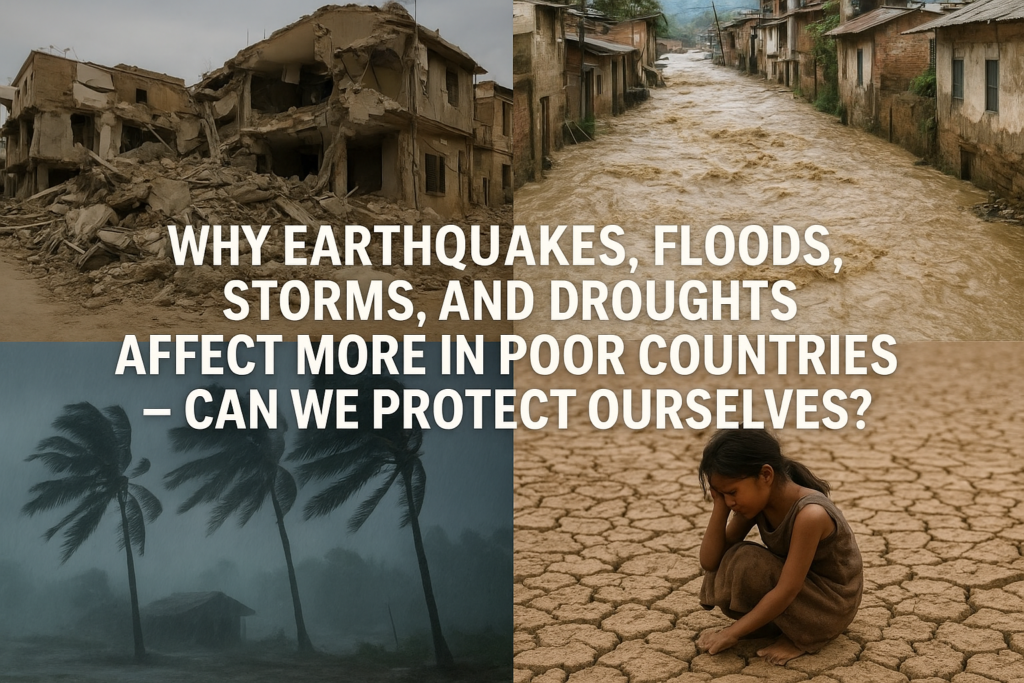
Weak Infrastructure
Bridges, roads, and dams in developing countries often collapse under extreme weather conditions, exacerbating disasters.
Limited Resources for Recovery
Wealthy nations can rebuild quickly, but poor countries struggle for years after a single disaster.
Dependence on Agriculture
Most developing nations rely heavily on farming. When floods, droughts, or storms strike, food production collapses, driving hunger.
Lack of Preparedness and Early Warning Systems
Many poorer countries don’t have modern forecasting systems, leaving communities unprepared.
Case Studies: Haiti, Pakistan, and Sub-Saharan Africa
- Haiti: Earthquakes and hurricanes repeatedly cripple the economy.
- Pakistan: 2022 floods displaced millions, highlighting infrastructure weakness.
- Sub-Saharan Africa: Persistent droughts and famines keep the region vulnerable.
Social and Economic Consequences
Food Insecurity
With crops failing and livestock dying, millions face hunger.
Migration and Displacement
Climate refugees are increasing as rising seas swallow coastlines and droughts force people to move.
Health Challenges
Floodwaters spread diseases, while heatwaves cause heatstroke and respiratory problems.
Economic Slowdown
Natural disasters drain national budgets, leaving little for development projects.
Global Solutions and Adaptation
Renewable Energy Transition
Switching to solar, wind, and hydropower can reduce greenhouse gas emissions.
Strengthening Infrastructure
Building climate-resilient homes, flood barriers, and irrigation systems can save lives.
International Cooperation
Rich nations must support poor ones through funding and technology sharing.
Education and Awareness
When people understand the risks, they can adapt better—whether by changing farming methods or conserving energy.
Case Studies of Disasters in Poor Countries
Earthquakes in Haiti
The 2010 earthquake killed over 200,000 people. Poor construction and lack of preparedness made it catastrophic.
Floods in Pakistan
In 2022, massive floods displaced millions. Weak drainage, deforestation, and lack of planning worsened the crisis.
Storms in the Philippines
Typhoon Haiyan in 2013 killed thousands. Despite warnings, poverty left people without safe shelters.
Droughts in Sub-Saharan Africa
Recurring droughts leave millions hungry. With little irrigation and dependence on rain-fed farming, communities remain vulnerable.
The Role of Climate Change
How Climate Change Worsens Disasters
Global warming increases storms, melts glaciers, and raises sea levels. It makes floods and droughts more frequent and intense.
Poor Countries vs. Rich Countries Impact
Rich countries contribute most to emissions, but poor countries suffer the most from the consequences. This is often called “climate injustice.”
Read my other article
Floods and serious illnesses following floods
Can We Protect Ourselves from Natural Disasters?

Preparedness and Early Warning Systems
Warning people even a few minutes early saves lives. Investing in early alerts is vital.
Stronger Infrastructure and Building Codes
Earthquake-resistant homes and flood-proof buildings can reduce destruction.
Education and Community Awareness
Teaching children and communities how to respond can save thousands of lives.
Role of Governments and NGOs
Governments must enforce laws, while NGOs help with relief and training.
International Aid and Cooperation
Disasters don’t respect borders. The world must unite to support vulnerable nations.
Mitigation Strategies
Disaster Risk Reduction Programs
Countries must plan before disasters strike, not just after.
Use of Modern Technology (AI, Satellites, Sensors)
Technology can predict storms, measure droughts, and send warnings quickly.
Sustainable Urban Planning
Building cities with safe zones, proper drainage, and strong homes reduces risks.
Climate Adaptation Measures
Shifting to renewable energy, planting trees, and protecting wetlands can slow down climate disasters.
The Power of Resilient Communities
Local Leadership in Crisis
Community leaders often know what’s best for their local communities and can act quickly.
Role of Volunteers and Social Networks
Neighbors helping neighbors creates resilience. Sometimes, a helping hand saves more lives than government aid.
Before a poor country can fully develop modern infrastructure, there are still practical, low-cost, and community-based steps that can protect lives and reduce the damage from earthquakes, floods, storms, and droughts. Here are some effective strategies:
1. Community Awareness and Education
- Teach people what to do during disasters (e.g., “Drop, Cover, Hold” in earthquakes or moving to higher ground during floods).
- Spread information through schools, mosques, churches, radio, and community meetings.
- Practice mock drills so communities know how to respond quickly.
2. Early Warning Systems (Even Simple Ones)
- Use mobile phones, radios, and loudspeakers to send alerts.
- Train local volunteers to monitor rivers, rainfall, or unusual weather changes.
- Partner with local meteorology departments to issue simple warnings in villages.
3. Building Safer, Even if Basic
- Use affordable earthquake-resistant designs like cross-bracing in wooden houses.
- Raise houses slightly above ground to avoid flood damage.
- Strengthen roofs with local materials to withstand storms.
4. Nature as Protection
- Plant trees along rivers to reduce flooding.
- Restore mangroves near coasts to block storm surges.
- Encourage water harvesting and soil conservation to fight drought.
5. Community Preparedness and Volunteer Groups
- Create local disaster committees that organize evacuations and emergency help.
- Store emergency supplies (clean water, first aid kits, dry food) in safe community spots.
- Train volunteers in basic first aid and rescue.
6. Low-Cost Technology
- Use simple rain gauges and river markers to monitor rising water.
- Solar-powered radios and phones can keep communication alive during power cuts.
- Drought-resistant seeds and small irrigation techniques can help farmers survive dry spells.
7. International and NGO Support
- NGOs often provide training, small-scale disaster shelters, and awareness programs.
- Partnerships with global organizations can bring in tools, kits, and knowledge even before big infrastructure projects arrive.
Conclusion
Climate change is the greatest challenge humanity faces. While all regions are affected, poor countries pay the heaviest price due to weak infrastructure, lack of resources, and high dependence on agriculture. Natural disasters like floods, storms, and droughts are intensifying, creating ripple effects on food, health, and economies. The solution lies in global unity, renewable energy, and stronger resilience strategies.
FAQs
What is the biggest cause of climate change?
The burning of fossil fuels for energy is the primary cause, releasing massive amounts of greenhouse gases.
Why are floods becoming more frequent?
Warmer air holds more moisture, causing intense rainfall and overwhelming drainage systems.
Can climate change trigger earthquakes?
Directly, no. However, melting glaciers and rising sea levels can indirectly impact seismic activity.
How do droughts impact poor countries the most?
They rely heavily on farming, so water shortages directly lead to hunger and poverty.
What can individuals do to fight climate change?
Adopt renewable energy, reduce waste, plant trees, and pressure leaders to adopt sustainable policies.

